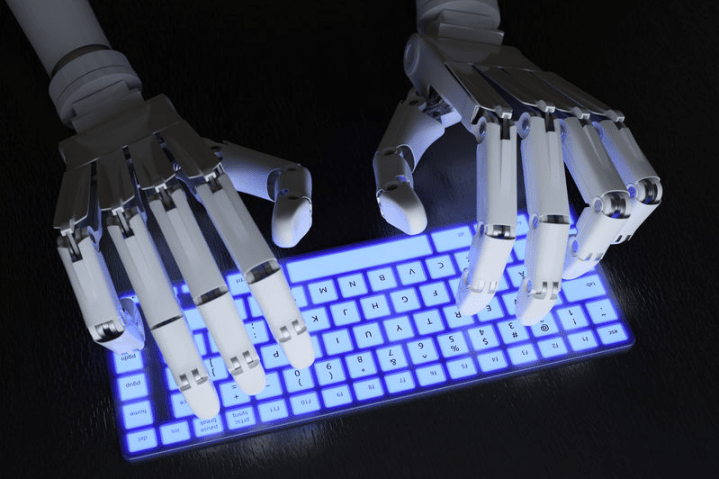
The novel is actually called The Day A Computer Writes A Novel, or “Konpyuta ga shosetsu wo kaku hi” in Japanese. The meta-narrative wasn’t enough to win first prize at the third Nikkei Hoshi Shinichi Literary Award ceremony, but it did come close. Officially, the novel was written by a very human team that led the A.I. program’s development. Hitoshi Matsubara and his team at Future University Hakodate in Japan selected words and sentences, and set parameters for construction before letting the A.I. “write” the novel autonomously. One of the team’s two submissions to the competition made it past the first round of screening, despite a blind reading policy that prevents judges from knowing whether an A.I. was involved in the writing process.
For the past few years, the Hoshi Shinichi Literary Award has technically been open to non-human applicants (specifically, “A.I. programs and others”). This year was the first time the award committee received submissions that were written by A.I. programs. All in all, 11 out of the 1,450 submissions were written at least partially by non-humans. “I was surprised at the work because it was a well-structured novel. But there are still some problems [to overcome] to win the prize, such as character descriptions,” said Satoshi Hase, a Japanese science fiction novelist who was part of the press conference surrounding the award.
Of course, many critics and supporters of developments in A.I. agree that one of the hardest obstacles for sentient robots to overcome will be some semblance of humanity. If A.I. bots can’t relate to humans, it will be hard for humans to relate to them. That may factor into the disappointing character development mentioned by very human novelist Hase. But Matsubara and his team aren’t deterred from the possibility of creativity within autonomous artificial intelligence. “So far, A.I. programs have often been used to solve problems that have answers, such as Go and shogi. In the future, I’d like to expand A.I.’s potential [so it resembles] human creativity,” Matsubara said.


